Training Your Collector’s Mind: Why Patience Beats Impulse in Watch Buying
Lifestyle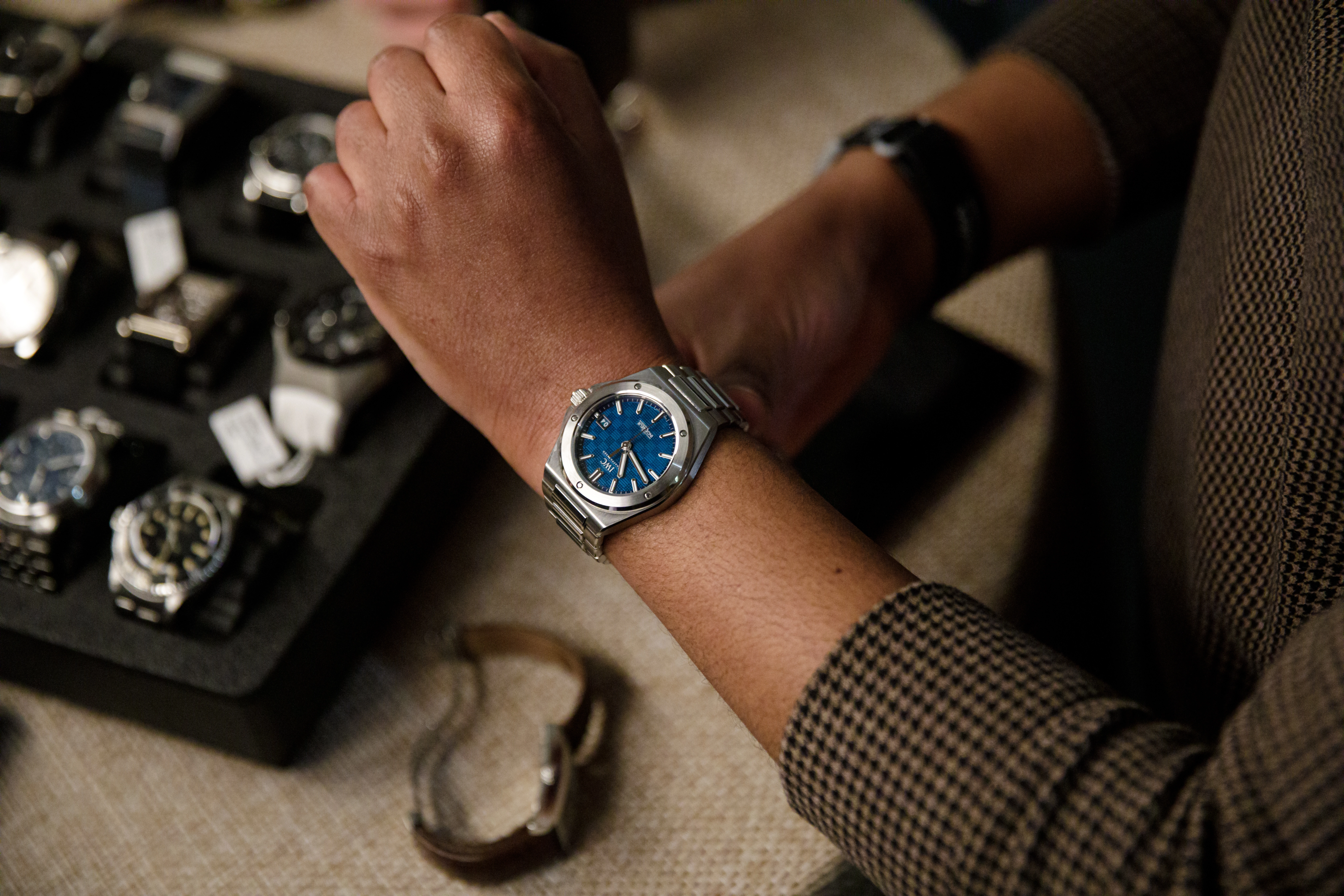
Every collector remembers their first impulsive purchase - that moment of adrenaline, the rush of getting something now rather than waiting for the right piece later on. It’s human nature to chase excitement, but with watch collecting, that impulsive instinct can be your biggest enemy. Just as in sports, discipline separates those who grow and improve from those who burn out by chasing short-term highs.
The impulse trap
Watch collecting today moves at a dizzying pace. New releases hit weekly, social media amplifies every drop, and forums light up with hype the moment a watch hits a wrist. It’s easy to get swept up, convincing yourself that the next release will complete your collection, or worse, that if you don’t act fast, you’ll miss out forever. But for many, the real satisfaction in collecting rarely comes from speed. It comes from curation: understanding your taste, setting goals, and refining your eye over time. It’s the same kind of mental training athletes use to improve performance, by learning when to act and when to hold back.
Justin MacDowell, Watch Specialist at European Watch Company, said that impulse purchases do happen even if they aren’t typical. “Impulse buys are definitely rare,” he said, “but we see them more than you might expect.” He noted that certain pieces create a sharper pull than others. “When a piece is priced right and catches a buyer’s eye, sometimes it's hard to resist,” he said. He also pointed out that rarity changes the equation. “If the watch is a rare model or something more obscure that doesn’t come around often, it can actually be the right move to jump on it before it gets away.”
Lessons from the court
If collecting well is a mental game, then the best lessons may come from those who train themselves in focus and composure for a living. Professional athletes and coaches understand how discipline, patience, and repetition form the foundation of long-term success. The same mindset applies to collecting, where progress comes from refining instincts rather than chasing trends.
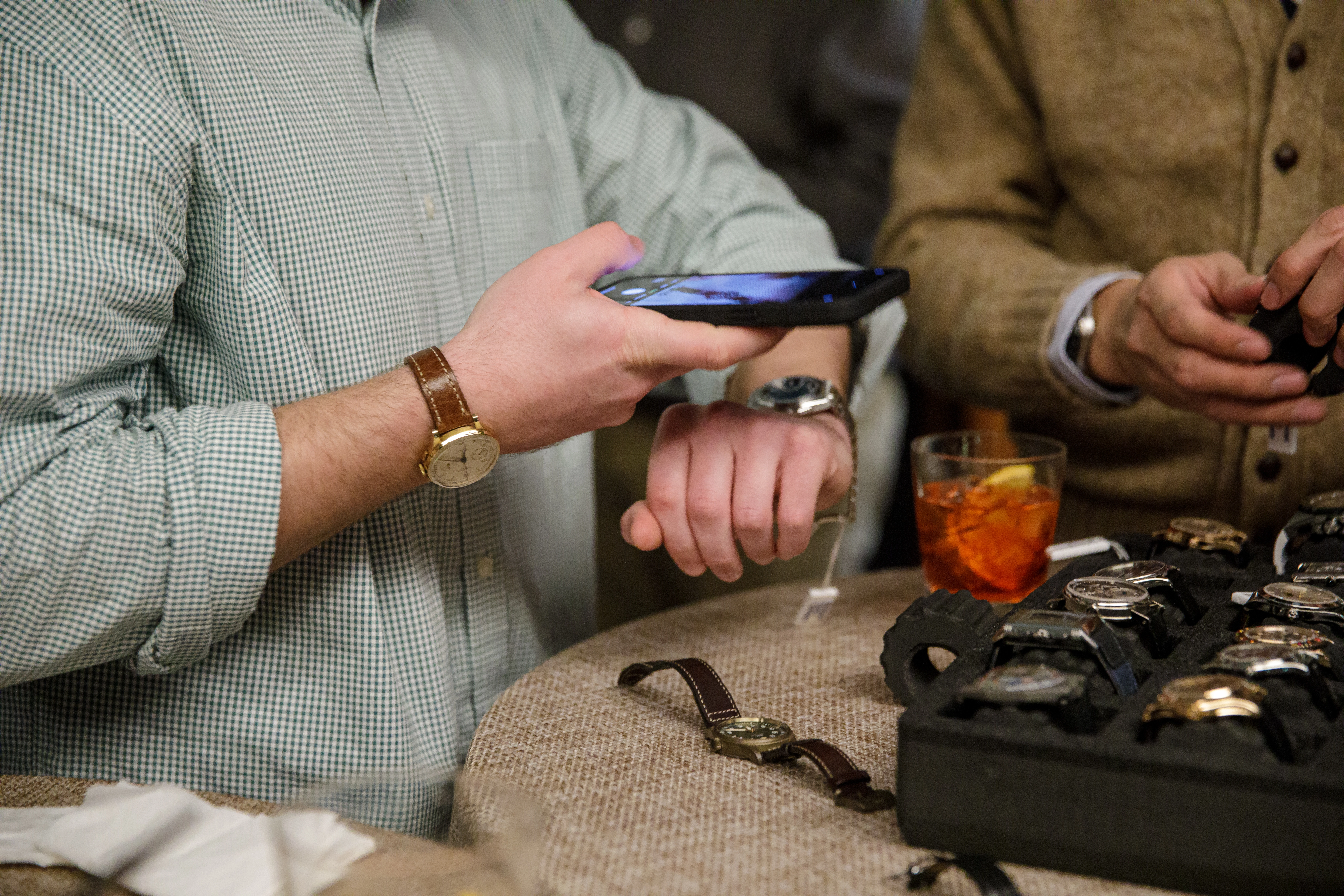
That connection is clear to Dante Santa Cruz, a watch collector and Director of Tennis at the Town Tennis Club in New York. “In a parallel universe of teaching tennis and collecting watches, both journeys mirror each other,” he said. “Patience, discipline, and even mistakes all play their part.”
Santa Cruz explained that progress in either pursuit doesn’t happen overnight. “On the court, progress is built through repetition, focus, and learning to stay composed under pressure,” he said. “Collecting is the same. You grow through the process of refining your taste, understanding what truly resonates, and sometimes realizing that the lessons come from what you let go.”
His perspective highlights a key truth for collectors: patience isn’t passive, it’s active. It means staying engaged and thoughtful, even when you’re not buying. “You grow through the process,” he said, “and sometimes the most valuable lessons come from what you decide to walk away from.” Santa Cruz believes this patient mindset transforms collecting into something more rewarding. “In both worlds, it’s not about the end result,” he said. “It’s about the mindset and evolution that come with time.”
That idea of evolution is key. Once collectors start thinking long term about what kind of collection they want to build and what stories their pieces should tell, they begin collecting with intention rather than impulse.
Training focus
The most successful athletes rely on routines to sharpen focus. They practice consistency, reflection, and awareness; the skills that translate directly to collecting. Santa Cruz said the parallels run deep. “Progress doesn’t happen overnight,” he said. “It’s built through small, intentional actions that add up over time. When you approach collecting with that same discipline, you start to see the difference between impulse and intuition.”
Collectors can benefit from their own mental routines. Before buying a watch, it helps to pause and ask: Why do I want this? Does it fill a gap? Would I still want it six months from now? This process might sound dull compared to the rush of clicking “buy,” but that’s the point. Building habits of reflection strengthens discipline and helps you value meaning over novelty.
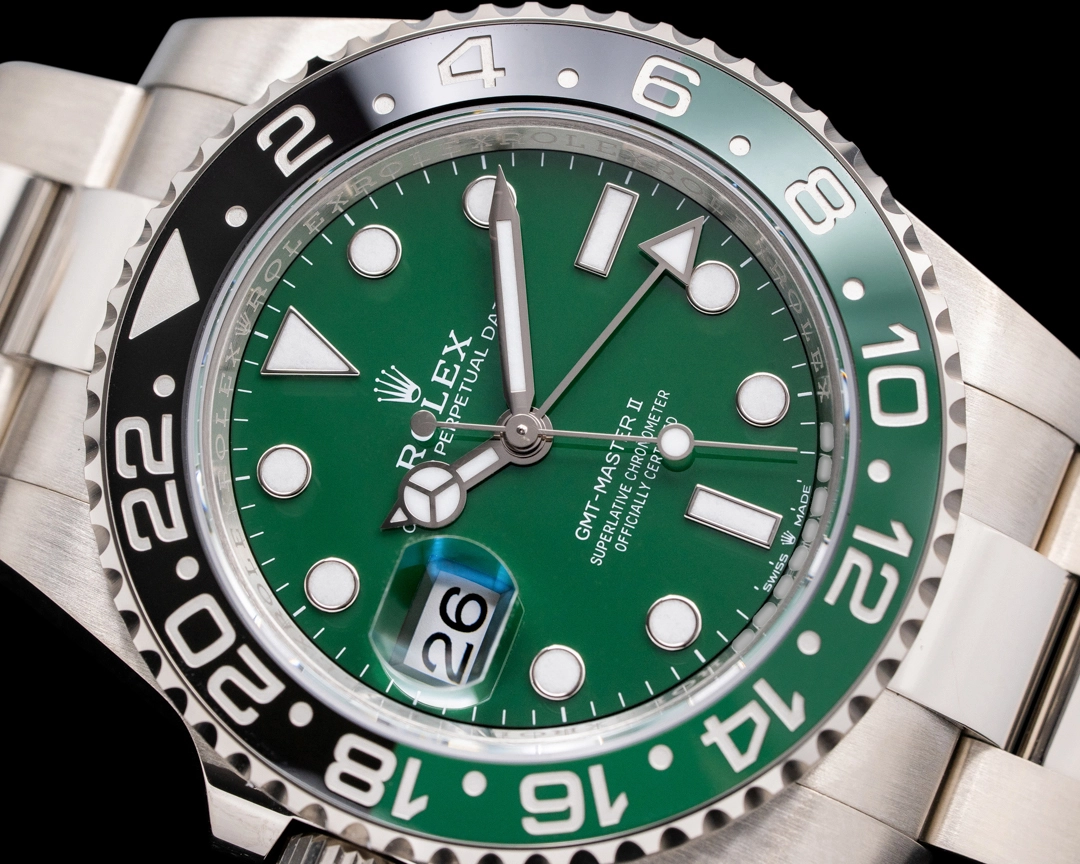
MacDowell also spoke about how collectors can slow themselves down in the moment. “If you’re trying to slow down, as with anything, take a deep breath and remind yourself that there are always more watches,” he said. He added that letting one escape is never as disastrous as it feels. “It’s not the end of the world if one gets away.” His advice centers on small, practical steps. “Take your time, do your diligence, try the watch on if you can,” he said. “And don’t let yourself be pressured into anything.”
The role of regret
Every collector has felt the sting of regret, whether that’s buying too fast or selling too soon. But regret can be a valuable teacher if examined rather than ignored. In sport, mistakes are part of the feedback loop. They’re analyzed and used to improve performance. The same logic can be applied to collecting.
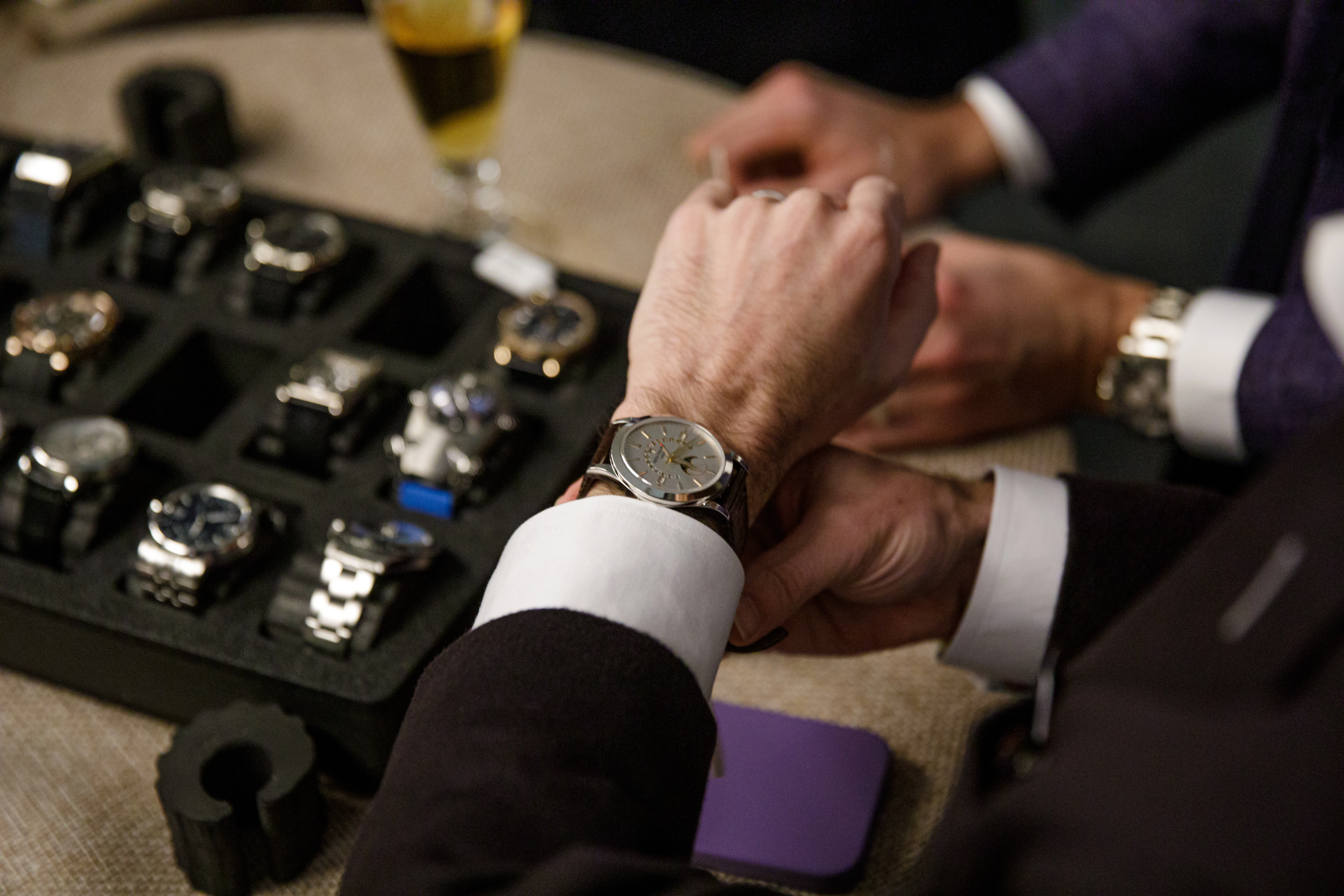
Santa Cruz said patience has always guided him, both on the court and in collecting. “There have been moments when I was tempted to act on impulse, but I’ve learned that timing is everything,” he said. “When you trust the process and let things unfold naturally, the right opportunities seem to find you.”
He views that process as fundamental to both growth and enjoyment. “When preparation meets patience, the result feels effortless and meaningful,” Santa Cruz said. “You don’t rush the point; you build it with intention. It’s the same with collecting. The most rewarding moments come when you’ve waited, learned, and chosen something that truly speaks to you.”
Building endurance
Just like physical endurance, collecting endurance grows with time. The longer someone spends in the hobby, the sharper their instincts become. The watch not bought often teaches as much as the one that is.
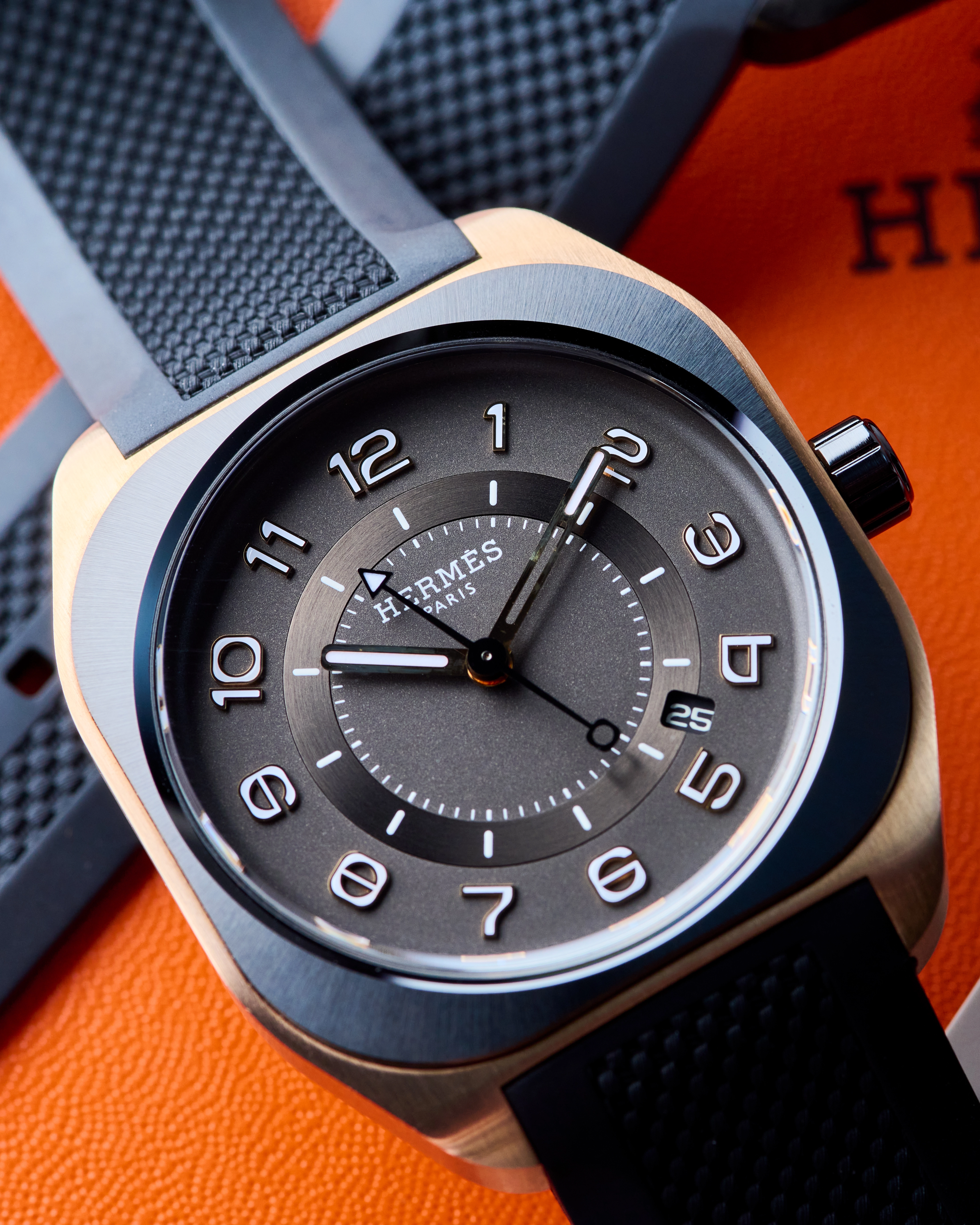
Santa Cruz compared that steady growth to developing as an athlete. “Progress in tennis comes from showing up every day, trusting the repetition, and believing that small improvements will add up,” he said. “Collecting is no different. Every decision, even the ones not to buy, strengthens your sense of who you are as a collector.” This patience is about mindset over money or scarcity. When the pace slows, details start to stand out: the shape of a lug, the typography on a dial, the rhythm of a movement. That awareness can deepen your connection to the craft and reignite the original fascination that started the collecting journey.
Collecting with purpose
In the end, collecting is less about possession and more about perspective. Patience brings clarity. It helps cut through noise, trust personal taste, and turn each purchase into a conscious decision rather than a reaction.
A well-trained collector’s mind is steady, thoughtful, and curious. It celebrates the journey, not just the trophy at the end. As Santa Cruz put it, “When you trust the process, the right opportunities seem to find you.” Whether on the court or at the boutique, the same truth applies: progress is about moving right, rather than moving fast.